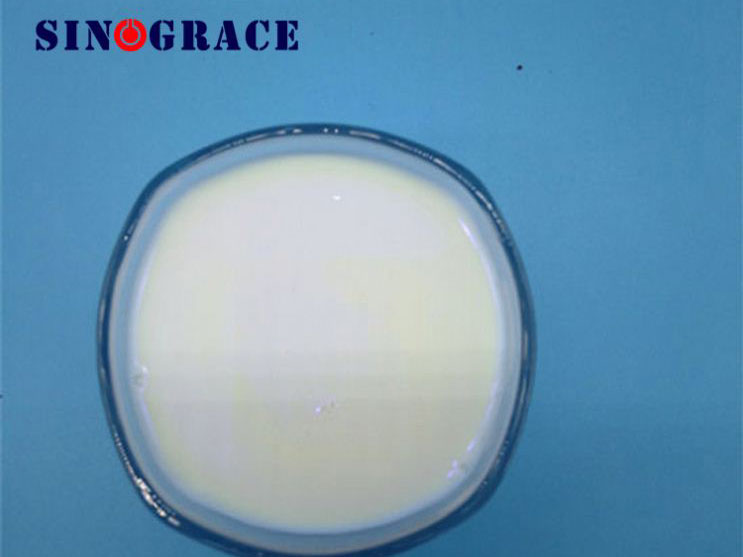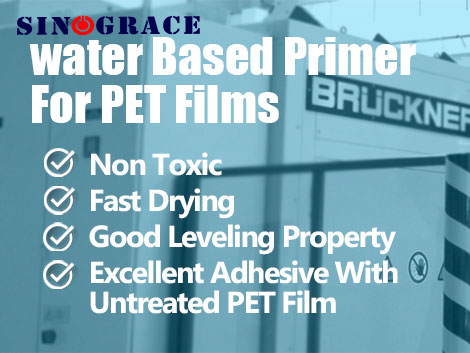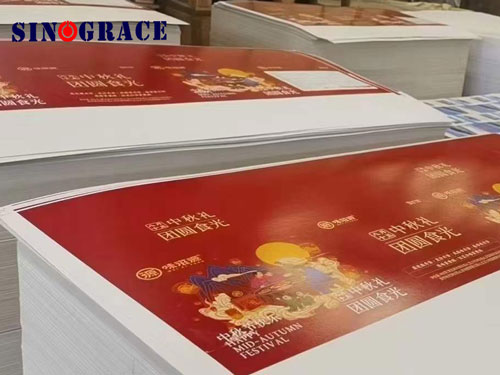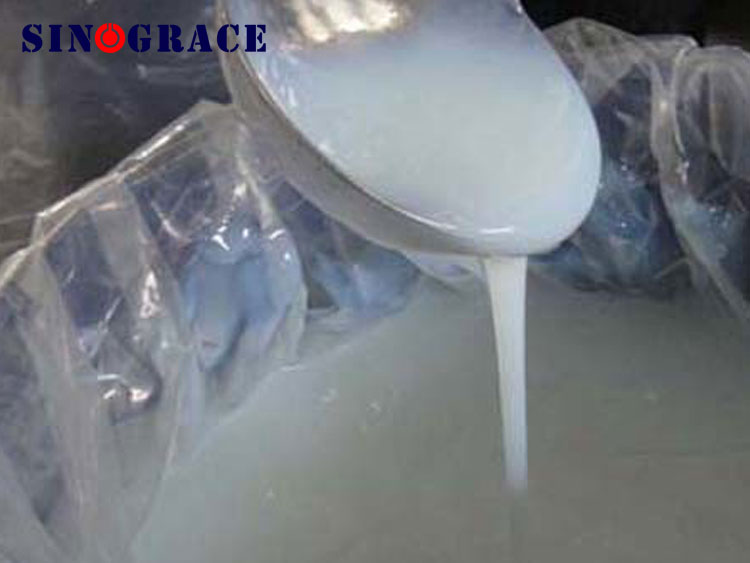Water-based box gluing adhesive, color box fine mounting adhesive, water-based color box adhesive, mounting adhesive
Box gluing adhesive, also known as sealing adhesive or box bonding adhesive, is a fine chemical product. It is mainly used in the post-printing processing and manufacturing procedures of the printing industry, such as pasting fine boxes, sealing paper boxes and handbags, automatic gluing of boxes by automatic box gluing machines, and mounting of hardcover book shells, etc. The bonding performance of box gluing glue is mainly reflected in the adhesion between the paper and the laminating material. The quality of box gluing glue directly affects the quality of box gluing. Water-based box gluing glue has basically replaced solvent-based glue and is widely used in the box gluing process. I.Overview: As the market demands for product packaging continue to rise, various exquisitely printed packaging products have put forward higher requirements for the adhesives they use, which has also promoted the rapid development of packaging adhesives. Especially for many enterprises that produce high-quality color boxes, they need to use laminating machines to manually bond special paper, card paper, laminated color paper, etc. with industrial cardboard, medium density fiberboard, etc., to make various high-end wine boxes, gift boxes, etc. In the industry, this type of glue is commonly referred to as box gluing glue, color box glue, fine mounting glue, box mounting glue, box bonding glue, water-based yellow glue, etc. It is a one-component water-based emulsion adhesive, a water-based product with low odor, flexible film, good adhesion, high initial adhesion, long holding time, high bonding strength, excellent low-temperature and high-temperature resistance, and good mechanical stability without skinning. It is suitable for manual box mounting, box gluing and box bonding on laminating machines. The product has low cost, good stability, long open time, and excellent over-gluing and bonding adaptability. Compared with jelly glue, it has better anti-mold, moisture-proof, anti-de-gluing, longer operating time after gluing, strong adhesive force, long-lasting adhesion, and can adapt well to both cardboard and thin paper. II.Characteristics: 1.The product is water-based, non-toxic and pollution-free. 2. The adhesive film is flexible, has good permeability, high bonding strength, good mechanical stability, does not form a skin, does not throw off glue, does not rebound when folded and bonded, and is easy to wipe off wild glue. 3. Single-component products have a fast initial adhesion, a long holding time, and an open time of up to 30 minutes. It can be bonded within 2 to 30 minutes after lamination. 4.It can maintain its bonding performance at ambient temperatures below -20℃ and above 70℃, and has excellent low-temperature and high-temperature resistance. 5.The product has low cost, advanced formula and good production stability. The product performance is superior to that of all kinds of sealing adhesives in the market. Iii. Quality Indicators: It is a pale yellow or mi...
read more

 English
English français
français русский
русский español
español العربية
العربية








